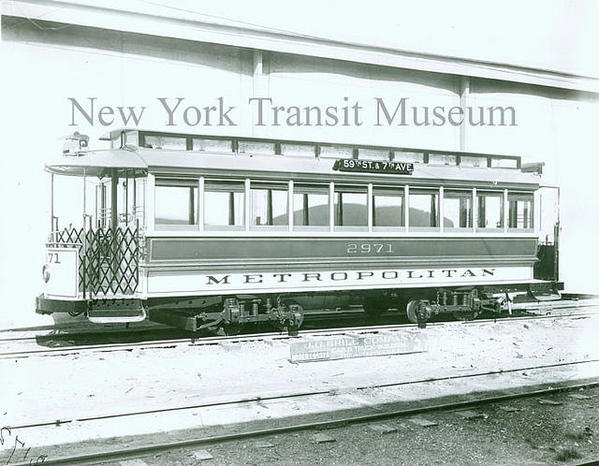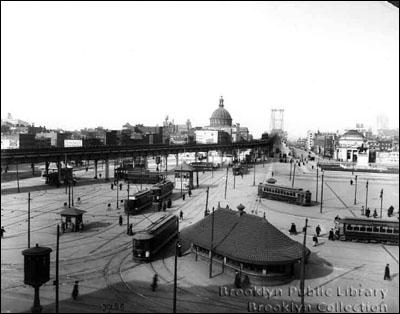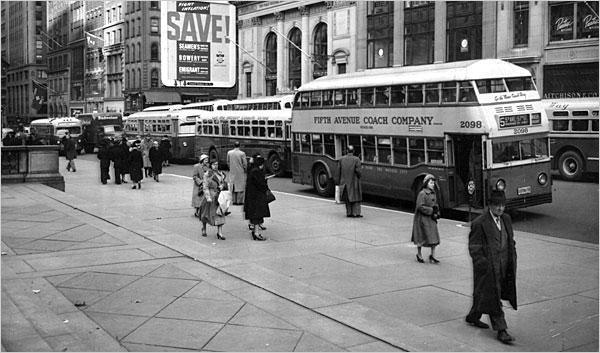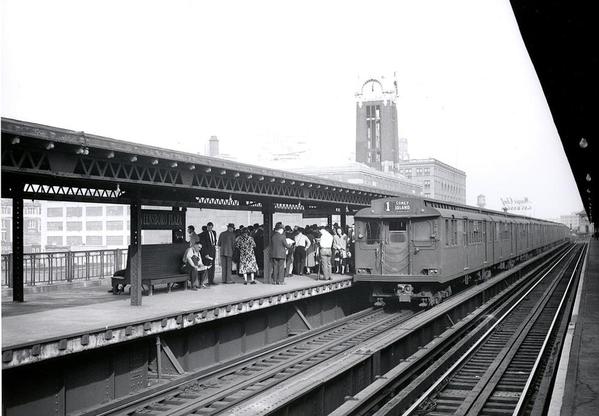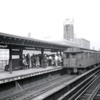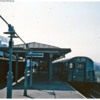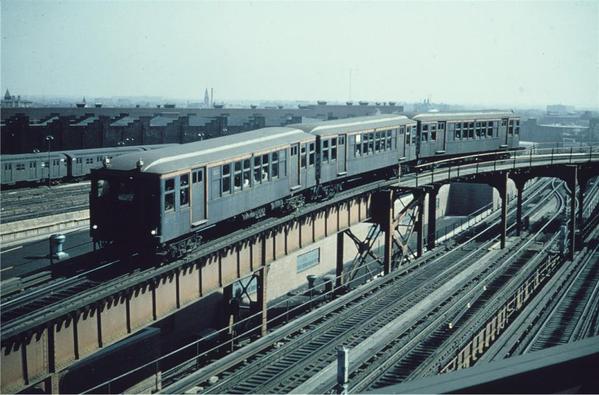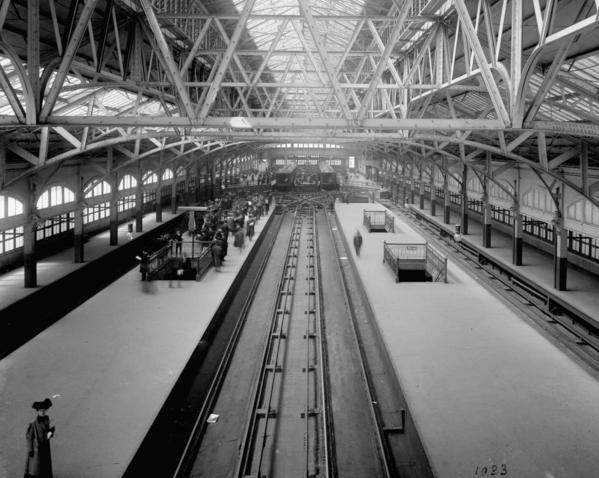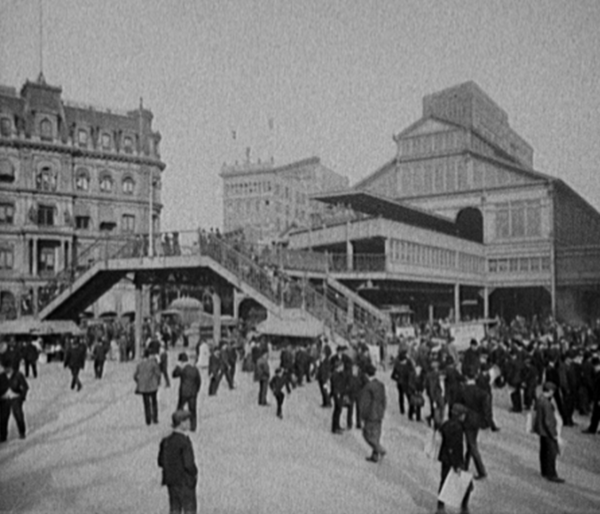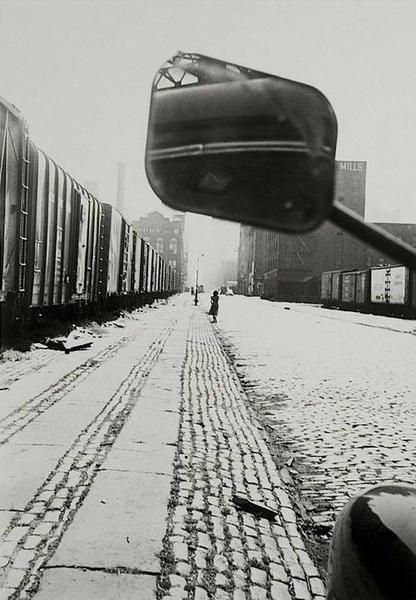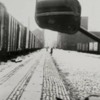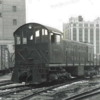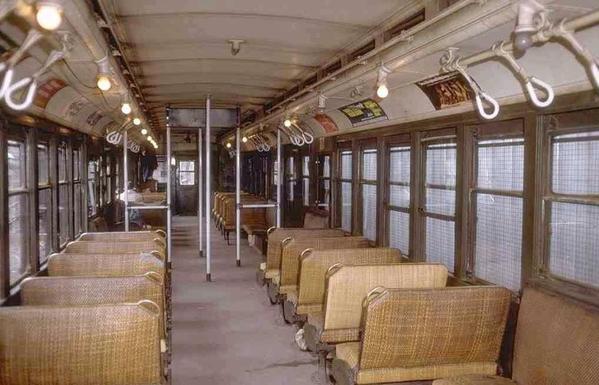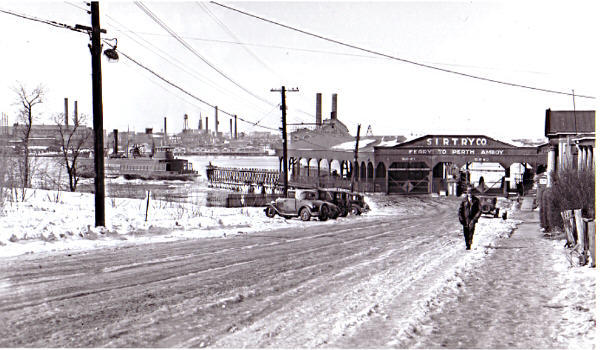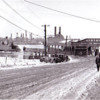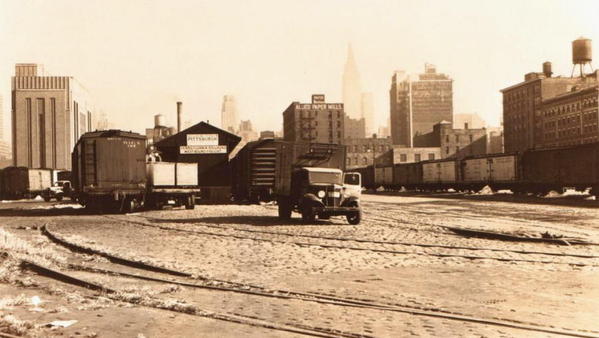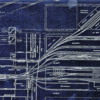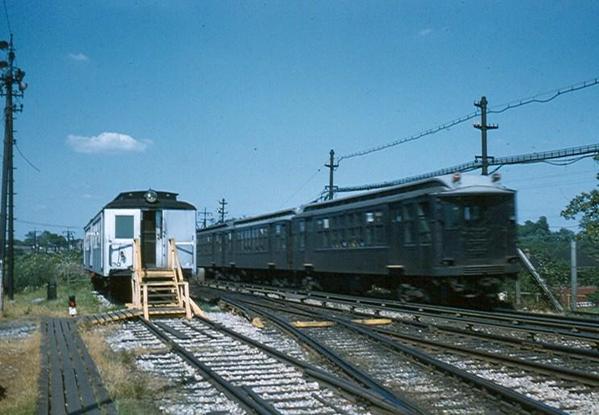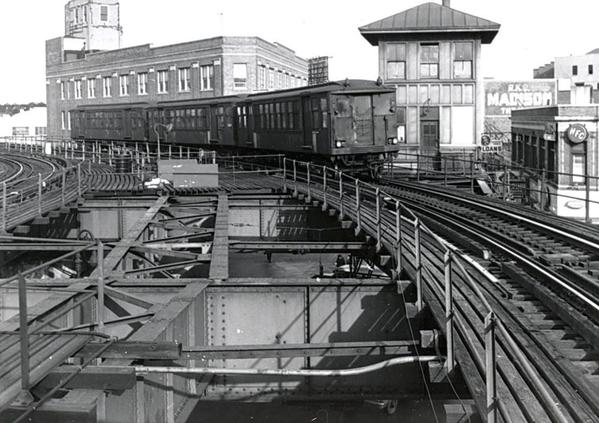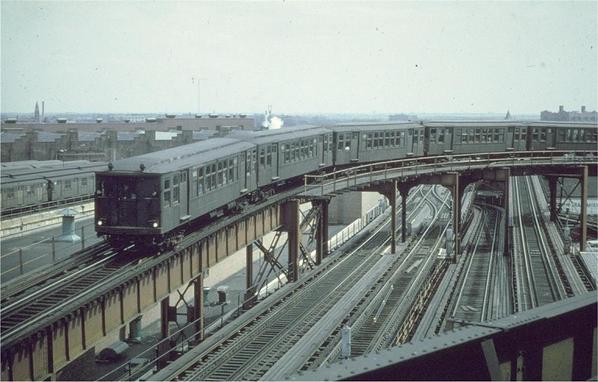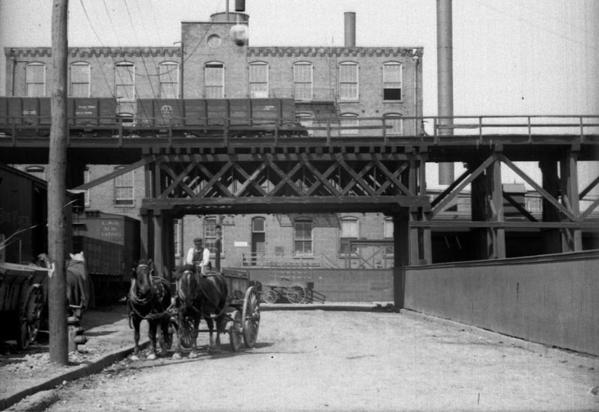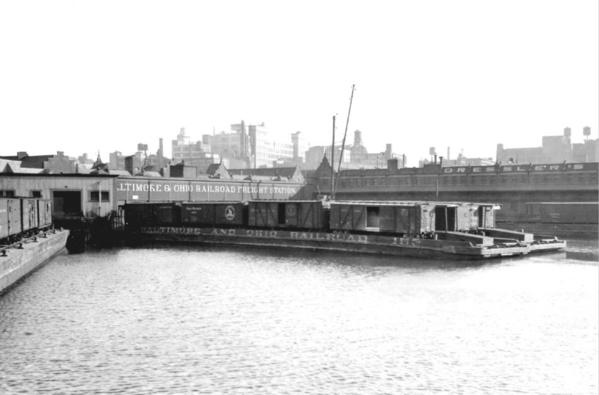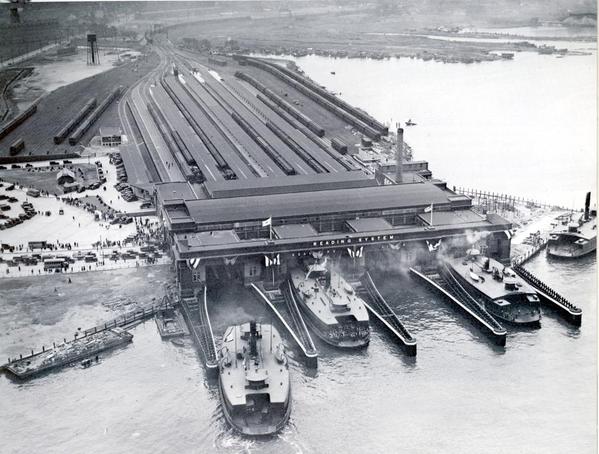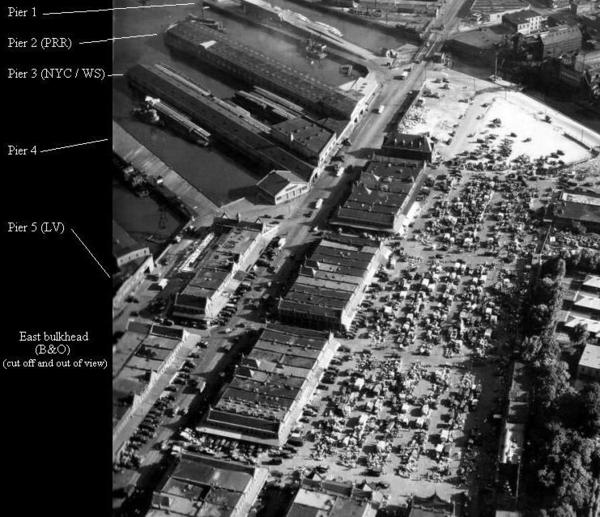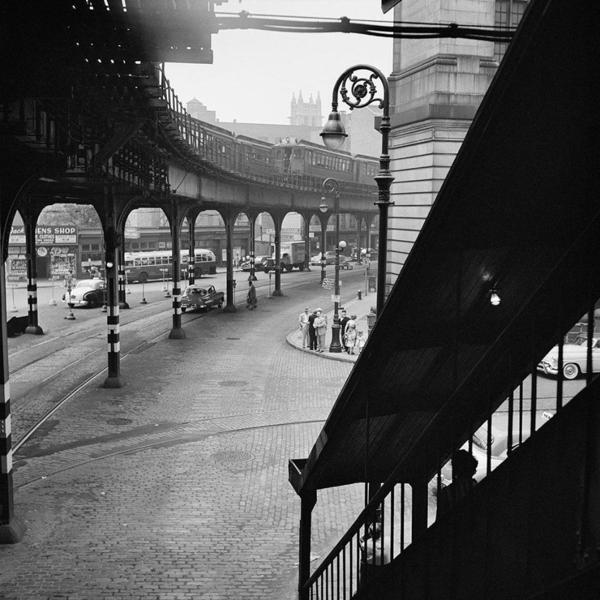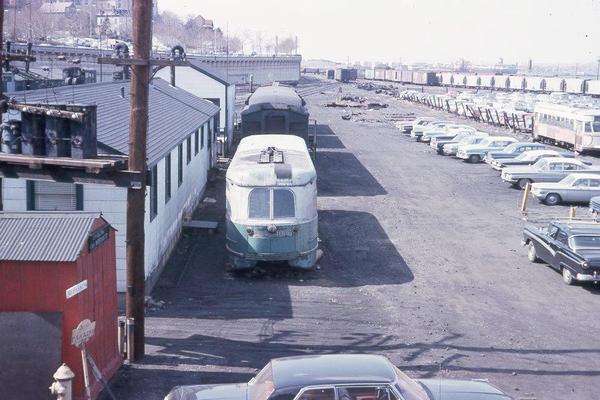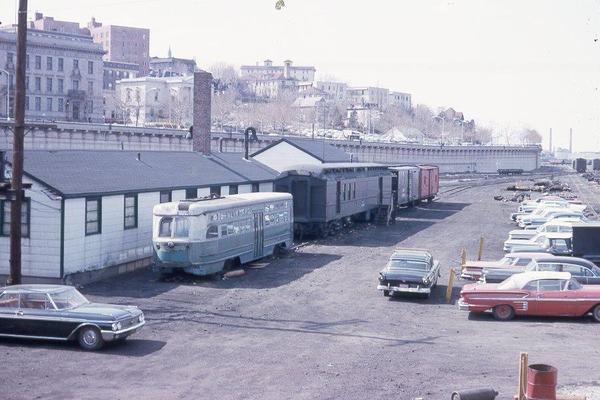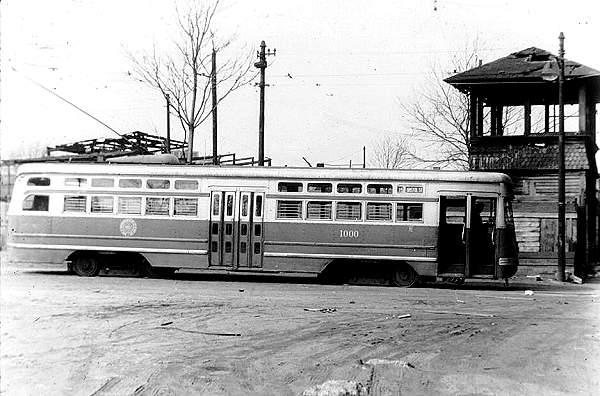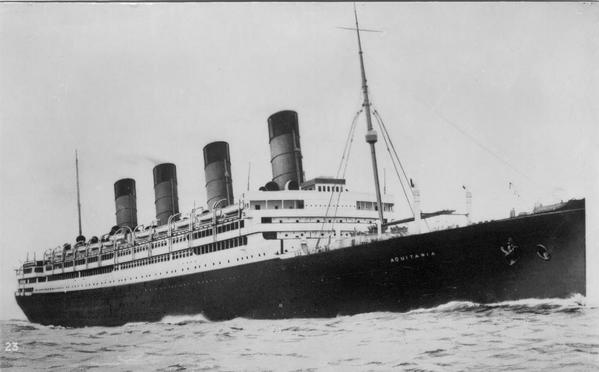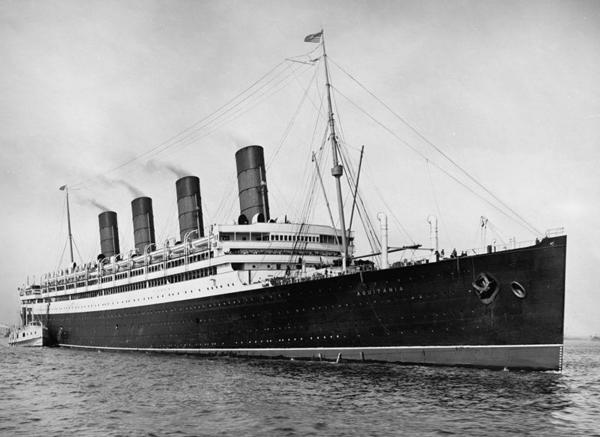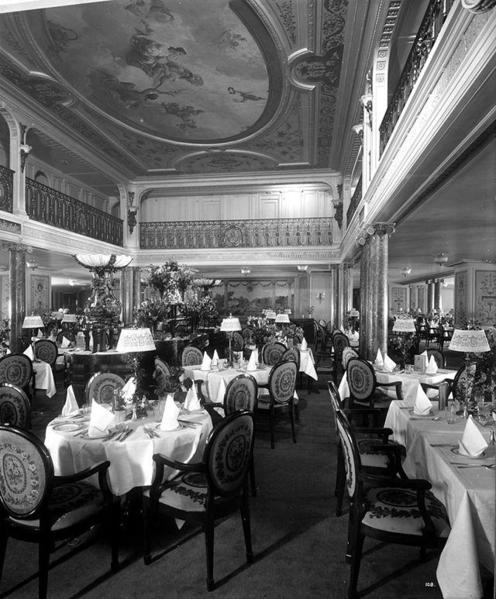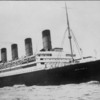We spoke before about the Trolley Terminal at Delancy and Essex Street where the B&QT cars terminated after coming over the Williamsburg Bridge on trackways on the South Side of the Bridge. There was also Trackways on the North Side of the Bridge. These were used by cars on the Metropolitan railroad and later its successor nNew York Railways. Cars operated fro Washington Plaza on the Brooklyn side of the bridge and ran as follows.
Two north-side tracks carried Manhattan streetcars:
Grand Street Line, 1904-1932
Post Office Line, 1919-1932 (dowtown manhattan Prk Row area)
Seventh Avenue-Brooklyn Line, 1911-1919
8th Street Crosstown Line, 1904-1911
14th Street-Williamsburg Bridge Line, 1904-1911
Fourth Avenue and Williamsburg Bridge Line( To Grand Central), 1904-1911
This company was taken over in the 1930s by the Fifth Ave Coach Companywhich replaced its street car routes in Manhattan with Buses. You might remember the distictive double decker busses used on the 5th ave route of that company .
Some photos of this service on the Brooklyn side for your viewing.
And of course , the distinctive double decker on 5th ave in manhattan





